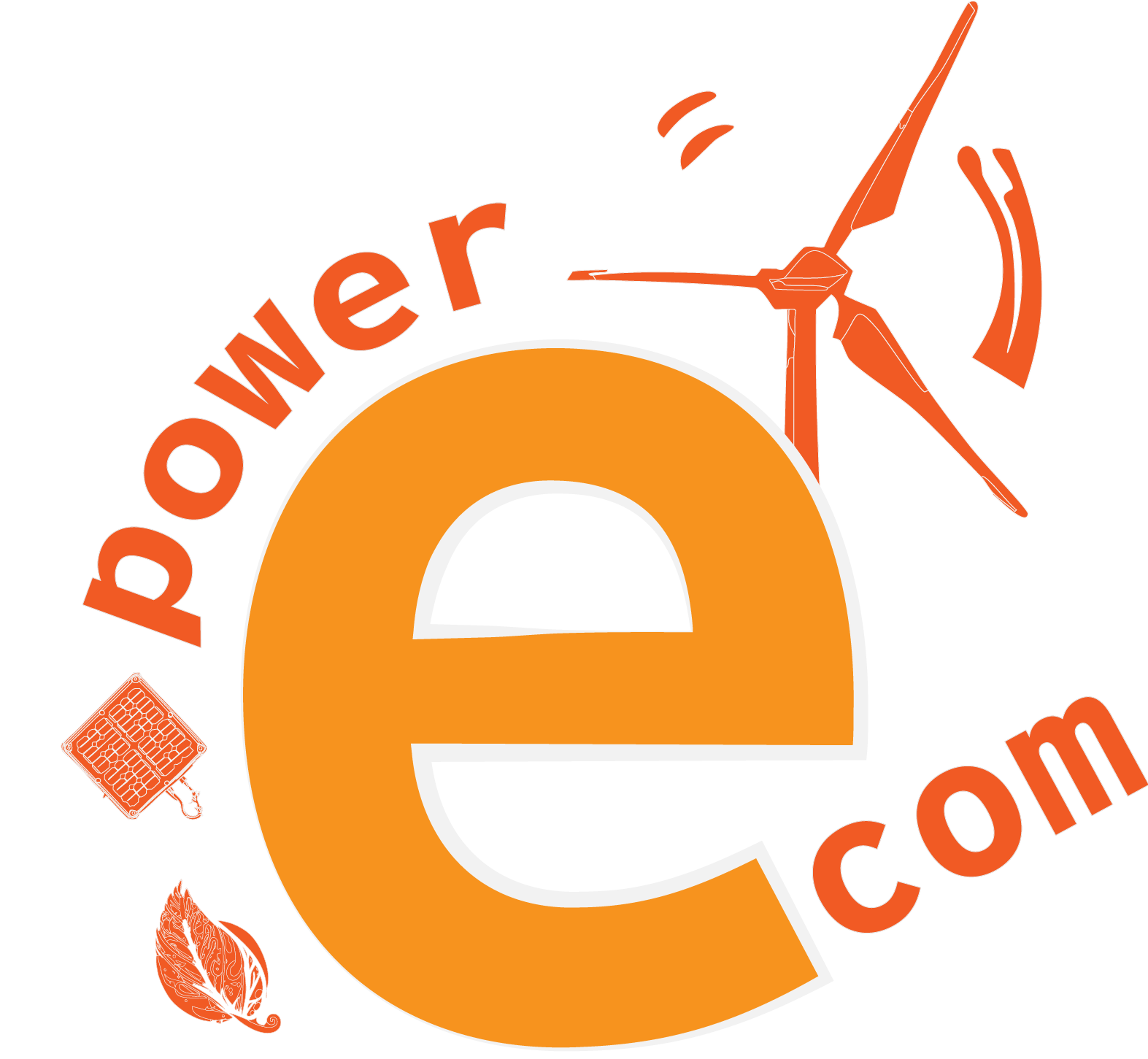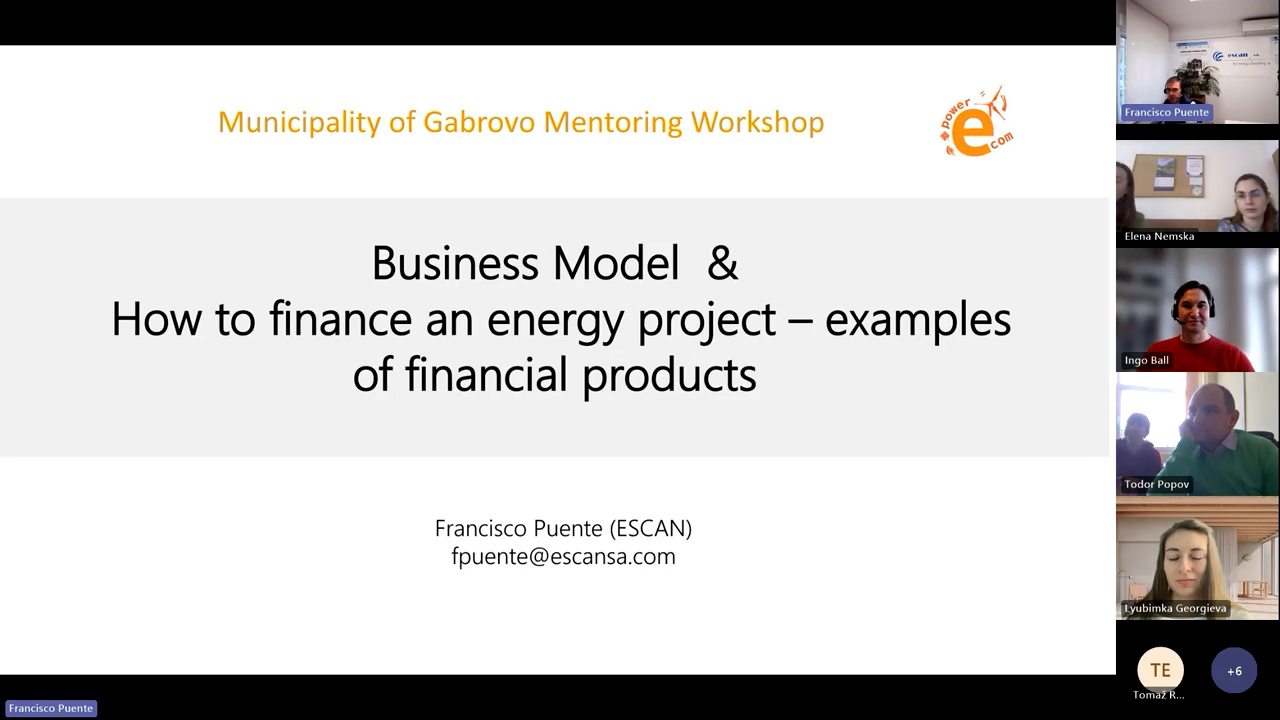Insights from Francisco Puente’s Presentation for the POWER-E-COM Project
In this comprehensive presentation—part of the POWER-E-COM project, co-financed by the LIFE programme of the European Union—Francisco Puente from Escan energy consulting provides an in-depth exploration of business models for energy communities. The session explains how to build, evaluate, and sustain viable business models, combining essential methodologies, cost-benefit calculations, and financial analysis.
Key Topics Explored in the Video:
Business Model Fundamentals
A business model is more than a concept; it’s a strategic tool presenting the global vision of your energy community. It explains the product or service offered, assesses its competitiveness, and determines whether it’s a profitable business idea compared to other opportunities.
Key Considerations:
- Clearly describe the energy community’s product or service.
- Assess market competitiveness and profitability.
- Identify required partnerships and customer relationships.
Value Proposition & Customer Segmentation
A robust business model starts with a well-defined value proposition—the unique economic, social, environmental, or regional benefits offered by the energy community.
Key Elements:
- Define whether your community provides economic savings, social support (e.g., renovations for vulnerable households), or environmental benefits.
- Identify target customer segments, such as residential families, municipal buildings, or neighborhood associations.
- Establish effective communication channels and customer relationships, from workshops and conferences to digital platforms.
Key Components & Structure
A successful business model includes the following essential components:
- Revenue Streams & Cost Structures: Determine revenue sources to recover investments and cover operational costs. Calculate operational costs, including maintenance, management, and loan repayments.
- Activities, Resources & Partnerships: Outline key activities, necessary resources, and partnerships with external organizations, such as municipal authorities, financial institutions, and installation companies.
- Governance & Legal Constitution: Choose the right legal form (cooperative, association, or social enterprise) and establish governance structures, defining roles and responsibilities within the community.
Financing & Investment Analysis
Project financing is critical for ensuring long-term viability. Puente explains key financial metrics and funding options:
- Investment Costs & Installation Expenses: Account for equipment, engineering, installation, and ancillary costs.
- Financial Metrics: Learn to calculate:
- Simple Payback Period
- Internal Rate of Return (IRR)
- Net Present Value (NPV)
- Return on Investment (ROI)
- Financing Models: Explore various funding options, including:
- Bank loans
- Power Purchase Agreements (PPAs)
- Leasing and renting solutions
- Crowdfunding opportunities
Each model comes with distinct advantages and challenges, requiring tailored strategies depending on the community’s goals.
Real-World Example – Madrid Energy Community
Francisco Puente concludes the presentation with a practical case study from Madrid:
- Project Overview: A municipal association aims to reach 1 MW of PV capacity by 2030, scaling from an initial 100 members to 1,000 households.
- Financial Projections:
- Investment: Approximately €1.2 million
- Annual Revenue: €300,000
- Operational Costs: €80,000 per year
- Payback Period: Around seven years, excluding subsidies
- Social Impact: The project includes provisions for vulnerable families, offering 5% of produced energy free of charge.
- Environmental Benefits: Projected reductions of 200 tons of CO2 annually.
This example demonstrates how structured methodologies and financial analyses can inform investment decisions and guide successful energy community projects.
Conclusion & Future Outlook
Francisco Puente’s presentation provides a practical framework for building sustainable business models tailored to energy communities. With a clear understanding of financial metrics, legal structures, and operational strategies, local stakeholders can confidently develop projects that deliver lasting economic, social, and environmental benefits.
Watch the Full Video:
Developing Robust Business Models for Energy Communities
Empower yourself with the knowledge to transform local areas through sustainable energy solutions. Like, comment, and subscribe for more insights into community-driven renewable energy projects and best practices for building resilient, community-owned energy systems.


Leave a Reply